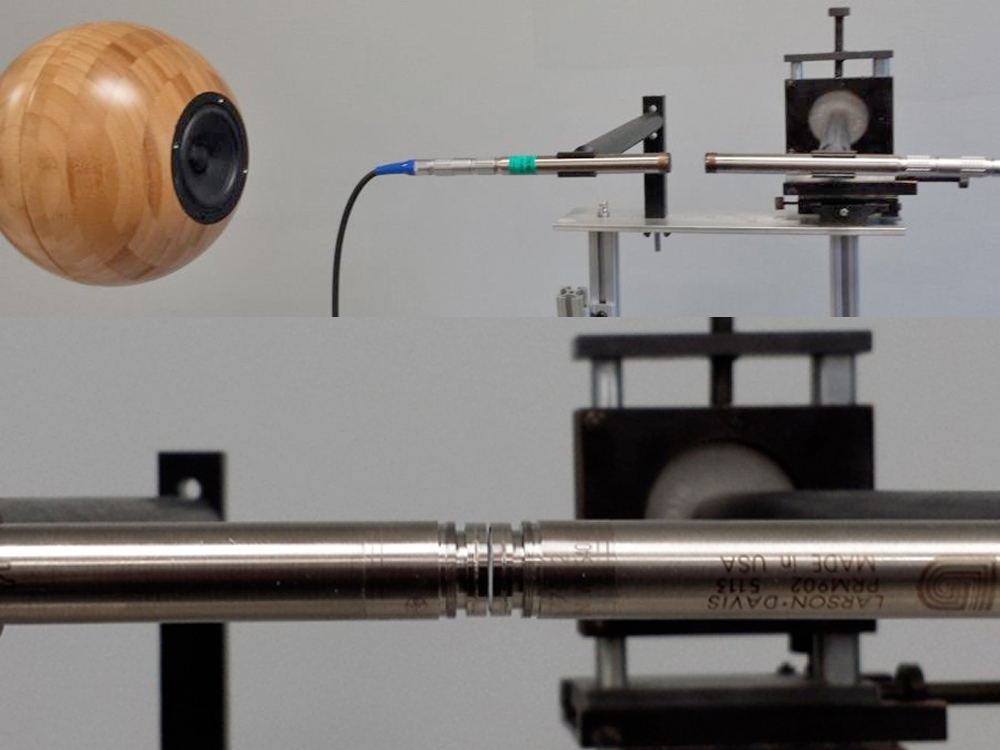I've been building a set of active 2-way bookshelf speakers and have been going back and forth between quasi-anechoic measurements and listening to them. While not perfect, I'm happy with how they're measuring now. This is the latest spinorama (7.3ms gated, 87cm distance, nearfield spliced at 400Hz)

(Note I'm 90% sure the DI error around 3kHz and 4.5kHz is from diffraction. I found dropping the on-axis response there to smooth out the PIR easier to listen to. Tradeoffs)
The trouble is, I realized that I've been doing all this measuring with only the sound card calibration applied without the microphone calibration. The calibration file for my EMM-6 shows a +4-5dB shelf above about 6kHz, so in theory my speakers are 4dB too low in the high treble.
What I find odd though is in a previous listening test I did (without remembering exactly how the speakers were measuring) they sounded balanced to me on a lot of tracks (artists including The Hu, Taylor Swift, Diana Krall, plus some song recommendations from here like Lo Sono Metà and My Favorite Things). But after about 30-40 minutes my ears did feel a bit tired, so I figured that the treble was maybe a bit too hot. I put on some Led Zeppelin and Carrie Underwood and I found them ear-bleedingly bright. I was listening at about 78-82dB RMS 1m away. When I went to measure the speakers again I noticed a 2-4dB trough from about 1kHz-4kHz (aside from the diffraction compensation) and a high shelf about 3-5dB up above 5kHz. I did a bunch of tweaking on the DSP filters to get it to the spin above, but alas I didn't save that initial measurement.
Putting all that together, it means that for these to be measuring correctly with the mic calibration applied, I would have needed to make the high treble even louder by about 1-2dB, beyond what I found to be too bright.
So this leads me to the question: are my ears the problem? I don't have much by way of comparison - I do 95% of listening on AirPods Pro and have some Sonos speakers in my kitchen, but I've listened to tracks with KRK Rokit 5 G3s without them seeming too bright. Is the problem that my comparison devices all have rolled off treble and my ears aren't accustomed to "correct" treble balance? Or is there something else going on here?
FWIW, this is the harmonic distortion measurement.

(Note I'm 90% sure the DI error around 3kHz and 4.5kHz is from diffraction. I found dropping the on-axis response there to smooth out the PIR easier to listen to. Tradeoffs)
The trouble is, I realized that I've been doing all this measuring with only the sound card calibration applied without the microphone calibration. The calibration file for my EMM-6 shows a +4-5dB shelf above about 6kHz, so in theory my speakers are 4dB too low in the high treble.
What I find odd though is in a previous listening test I did (without remembering exactly how the speakers were measuring) they sounded balanced to me on a lot of tracks (artists including The Hu, Taylor Swift, Diana Krall, plus some song recommendations from here like Lo Sono Metà and My Favorite Things). But after about 30-40 minutes my ears did feel a bit tired, so I figured that the treble was maybe a bit too hot. I put on some Led Zeppelin and Carrie Underwood and I found them ear-bleedingly bright. I was listening at about 78-82dB RMS 1m away. When I went to measure the speakers again I noticed a 2-4dB trough from about 1kHz-4kHz (aside from the diffraction compensation) and a high shelf about 3-5dB up above 5kHz. I did a bunch of tweaking on the DSP filters to get it to the spin above, but alas I didn't save that initial measurement.
Putting all that together, it means that for these to be measuring correctly with the mic calibration applied, I would have needed to make the high treble even louder by about 1-2dB, beyond what I found to be too bright.
So this leads me to the question: are my ears the problem? I don't have much by way of comparison - I do 95% of listening on AirPods Pro and have some Sonos speakers in my kitchen, but I've listened to tracks with KRK Rokit 5 G3s without them seeming too bright. Is the problem that my comparison devices all have rolled off treble and my ears aren't accustomed to "correct" treble balance? Or is there something else going on here?
FWIW, this is the harmonic distortion measurement.


